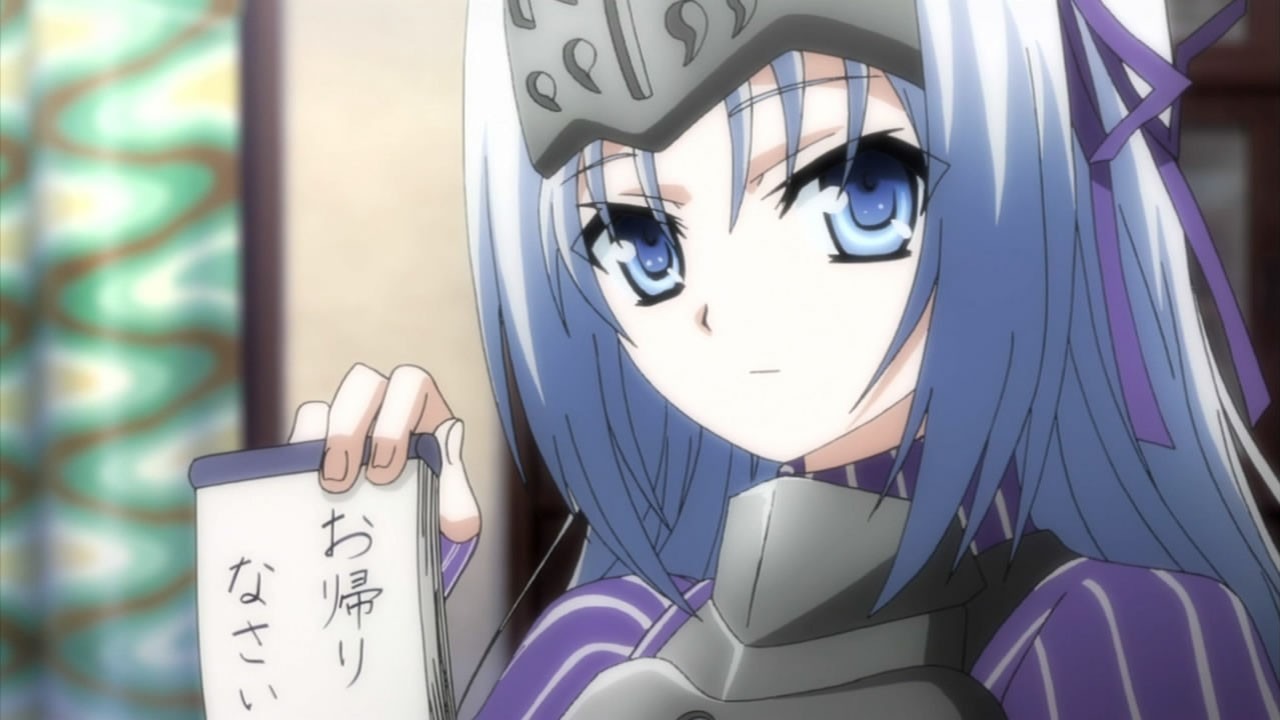In the expansive universe of anime and manga, character archetypes play a crucial role in shaping narratives and captivating audiences. Among the diverse array of personalities, one archetype stands out for its intriguing blend of aloofness and underlying warmth: the kuudere. Combining elements of cool detachment with moments of unexpected tenderness, kuudere characters have garnered a dedicated following and continue to leave an indelible mark on anime and manga culture.
Defining the Kuudere Archetype
The term “kuudere” (クーデレ) is a fusion of two Japanese words: “kuu” (cool) and “dere” (lovestruck). This archetype refers to characters who initially present as distant, reserved, and emotionally detached, often masking their true feelings. However, beneath this icy exterior lies a softer, more vulnerable side that emerges in select moments of intimacy or emotional connection.
Characteristics of Kuudere Characters
- Cool and Calm Demeanor: Kuudere characters are known for their composed and collected demeanor. They rarely display overt emotions and tend to approach situations with a level-headedness that can be mistaken for indifference.
- Limited Expressions: Unlike more emotionally demonstrative characters, kuudere individuals tend to have limited facial expressions. This stoicism can make them appear distant and enigmatic.
- Reserved Communication: Kuudere characters often use concise and to-the-point language. They avoid unnecessary elaboration and rarely engage in small talk.
- Hidden Vulnerability: The defining feature of a kuudere is the contrast between their cool exterior and the moments of vulnerability or warmth they reveal in specific circumstances. These glimpses into their true feelings are often reserved for those they have a deep connection with.
- Selective Affection: Kuudere characters tend to reserve their affection for a small circle of individuals, often the main protagonist or a select group of friends. This exclusivity adds depth to their relationships and allows for moments of emotional intensity.
Origins and Evolution
The kuudere archetype emerged in the early 2000s, gaining prominence alongside the broader wave of character archetypes within anime and manga culture. Notable early examples include Rei Ayanami from “Neon Genesis Evangelion” and Kurisu Makise from “Steins;Gate”. These characters exhibited traits of emotional restraint and hidden vulnerability, setting the template for future kuudere portrayals.
As the anime and manga industry evolved, so did the kuudere archetype. Contemporary kuudere characters are depicted in a variety of settings and genres, from high school romance to science fiction and fantasy. This adaptability has allowed the archetype to maintain its popularity and relevance over the years.
The Allure of the Kuudere
The kuudere archetype’s enduring appeal can be attributed to several factors that resonate with audiences.
1. Intriguing Complexity
Kuudere characters offer a unique blend of complexity. Their contrasting layers of stoicism and vulnerability create a dynamic character arc that keeps viewers and readers engaged. Unraveling the mystery of a kuudere’s true emotions can be a deeply rewarding experience for fans.
2. Relatable Emotional Struggles
The struggle to express and understand one’s emotions is a universal theme, and kuudere characters exemplify this internal conflict. Their journey towards opening up and connecting with others resonates with viewers who may have experienced similar challenges in their own lives.
3. Empathy and Understanding
When a kuudere character finally reveals their true feelings, it often leads to powerful and emotionally resonant moments. These instances of vulnerability can elicit a strong sense of empathy from the audience, forging a deep emotional connection between the viewer and the character.
4. Subversion of Expectations
The kuudere archetype often defies conventional character tropes, challenging the viewer’s initial perceptions. This subversion of expectations adds depth and unpredictability to the narrative, keeping the story fresh and engaging.
Notable Kuudere Characters
- Rei Ayanami – “Neon Genesis Evangelion”: Rei is a classic example of a kuudere character, known for her distant and enigmatic demeanor, which conceals a profound internal struggle.
- Kurisu Makise – “Steins;Gate”: As a brilliant scientist with a guarded heart, Kurisu exemplifies the kuudere archetype with her sharp intellect and emotional reserve.
- Yuki Nagato – “The Melancholy of Haruhi Suzumiya”: Yuki embodies the kuudere archetype as an emotionless artificial being who gradually experiences the complexities of human emotions.
- Homura Akemi – “Puella Magi Madoka Magica”: Homura’s stoicism and unwavering determination to protect her friends serve as a powerful representation of the kuudere archetype.
Conclusion
The kuudere archetype stands as a testament to the rich tapestry of character dynamics within anime and manga. Through their enigmatic coolness and moments of unexpected tenderness, kuudere characters captivate audiences and offer a window into the complexities of human emotion. As this archetype continues to evolve and adapt to new storytelling landscapes, it is clear that the allure of the kuudere will endure for years to come
